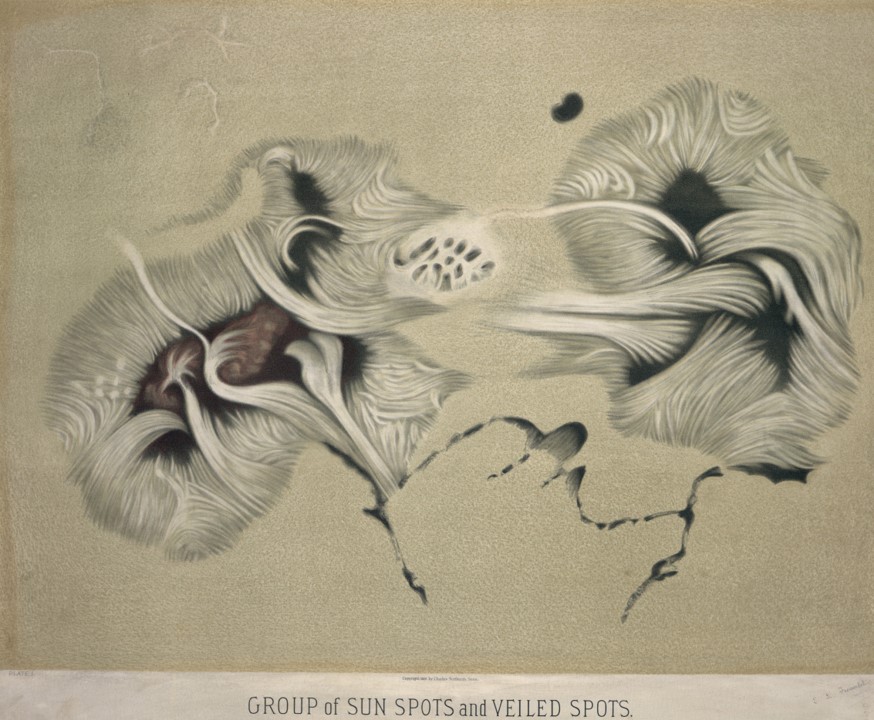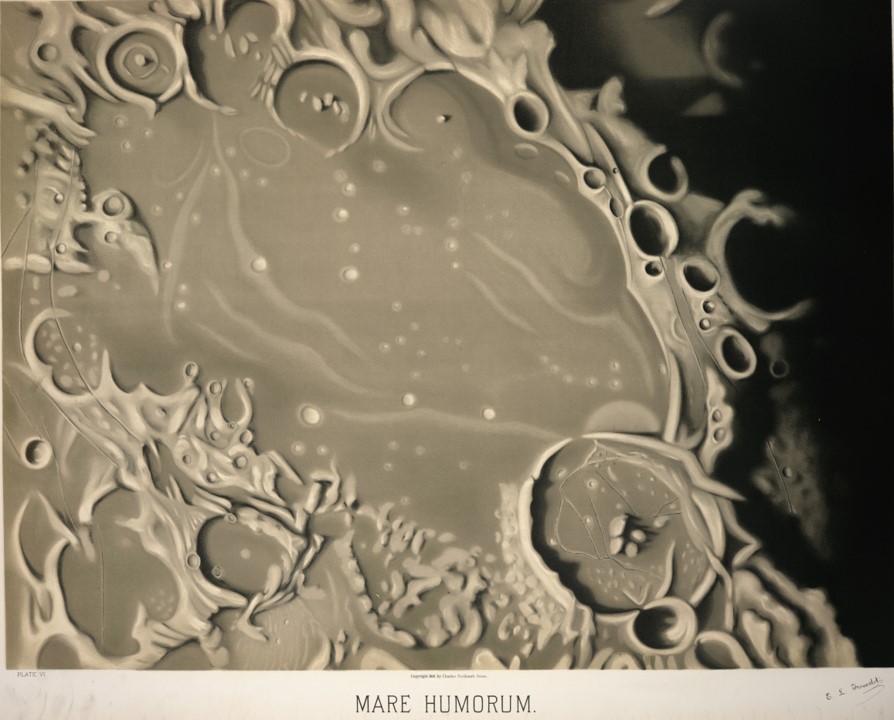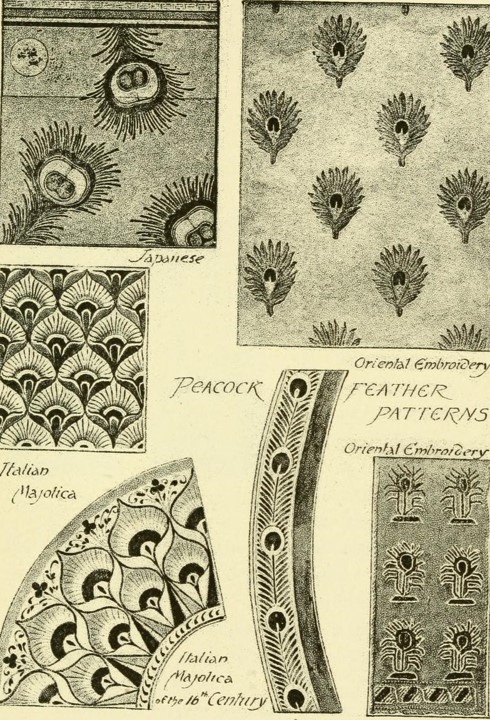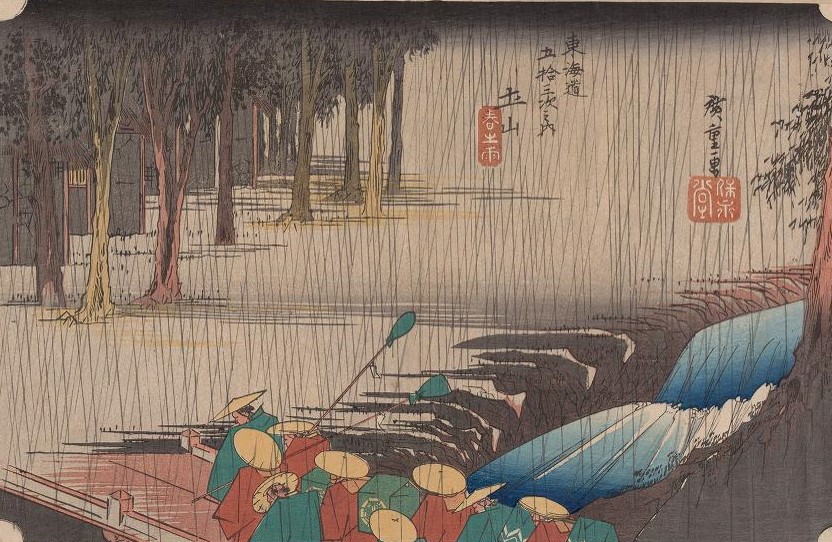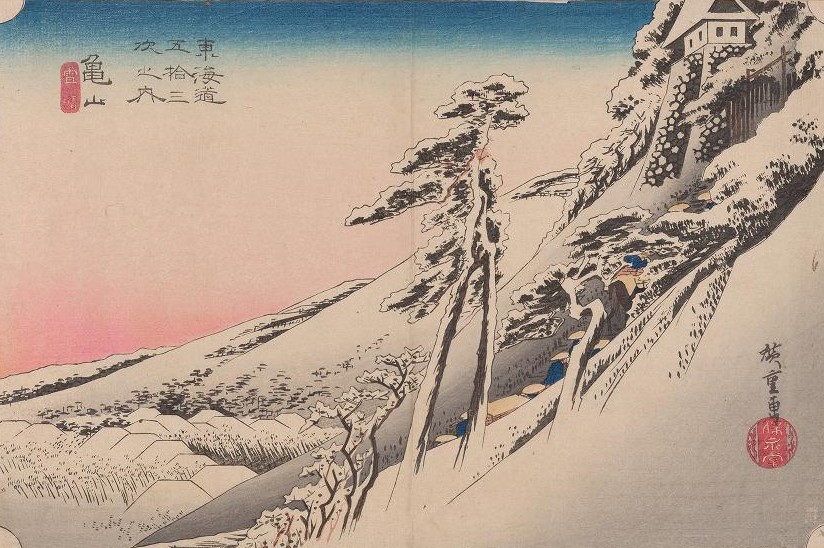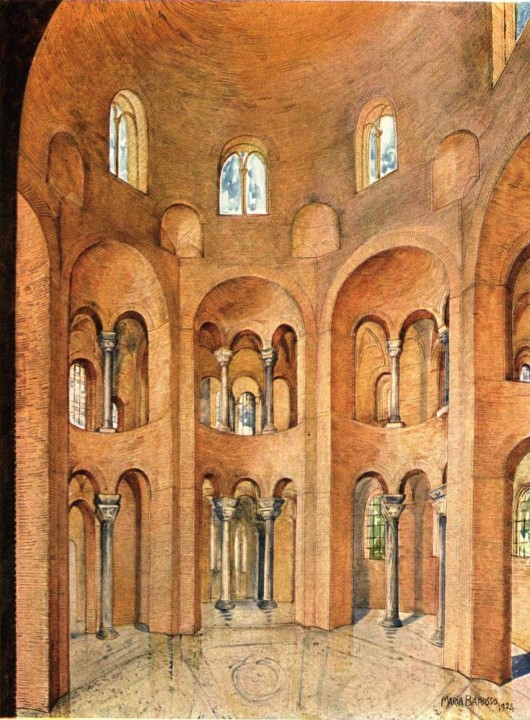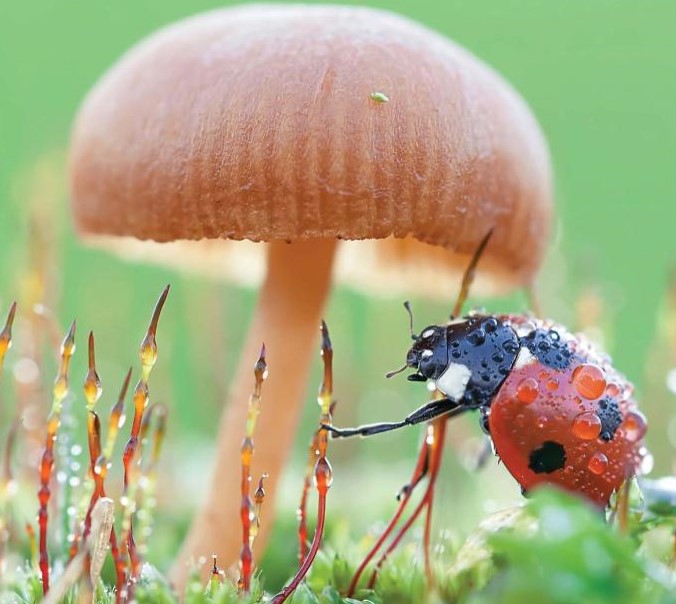3 Free eBooks – March 2019
/In some months it’s hard to pick just three books to feature for the monthly eBooks post. March 2019 was one of those. I cheated a little and picked a periodical…with lots of issues available online…for the first one.
Baer, Casimir Hermann. Moderne Bauformen. Stuttgart: J. Hoffman. 1902-1923. Hathi Trust has volumes for each year here. A German periodical about architecture and interior design with many illustrations – some in color. It’s a slice of history of the period. Many of the interiors look modern…others dated. I realized again how appealing I find glass bricks, window seats, alcoves with benches and sometimes a table or a wall of windows and comfy chairs for reading, and curtains to divide a large room into segments. There were quite a few ideas I’ll use in Zentangle tiles as well.
Trouvelot, Etienne Leopold. The Trouvelot Astronomical Drawings. 1882. A slide show of 15 drawings is available from Internet Archive here. Trouvelot was well-known for his astronomical drawings made from observations at the Harvard College Observatory and the US Naval Observatory. Unfortunately, he also is the person that introduced the European Gypsy Moth into North America.
Day, Lewis Foreman. Nature in Ornament. New York: Charles Scribner’s sons. 1892. Available from Internet Archive here. Lots of ideas for Zentangle patterns in this book. I particularly liked the different stylized peacock feathers.



